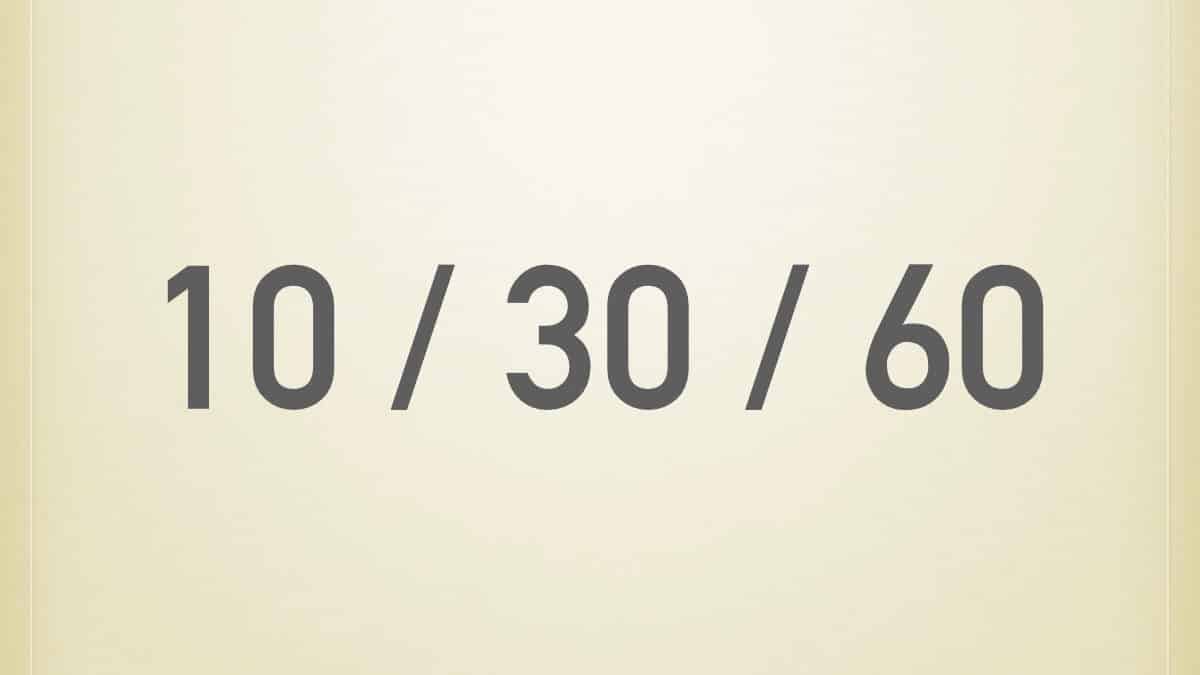In this guide
It’s tough working out how to build a solid retirement income.
There are a lot of moving parts. It’s essential to understand where your money is likely to come from and how you can build on what you’ve already saved.
To add perspective to your thinking, a simple ‘rule of thumb’ about retirement income might assist you.
Where does your retirement income come from?
Research first undertaken in the United States some 30 years ago is still relevant for Australian super fund members today. It found for most people, around 90 cents of every dollar in retirement income comes from the earnings you achieve on your investments before and after retirement. Just 10 cents of each dollar of retirement income comes from the original contributions you made during your working life.
More surprisingly, around 60 cents in every dollar of retirement income comes from the investment earnings you achieve after you retire.
Jim Hennington, actuary at Jubilacion, has tested these calculations and adapted them for Australia’s superannuation system today (see below). He confirms the principles are still very relevant to Australians.
Need to know
According to the 10/30/60 Rule from the USA, your retirement income usually comes from the following sources:
- 10% from the money you saved during your working years
- 30% from the investment returns you achieve before you retire
- 60% from the investment returns you achieve during your retirement.
Applying this to Australian super funds using appropriate tax settings, retirement age and economic assumptions, Hennington found the percentages are:
- 15% from the money you saved during your working years
- 35% from the investment returns you achieve before you retire
- 50% from the investment returns you achieve during your retirement.
Plan your retirement (without a financial adviser)
- Step-by-step guides help you plan and take action
- Simple changes can make a big difference to your super balance
- Calculators, case studies and Q&As give you greater confidence
- Make sure your super is performing and lasts longer

Leave a Reply
You must be logged in to post a comment.